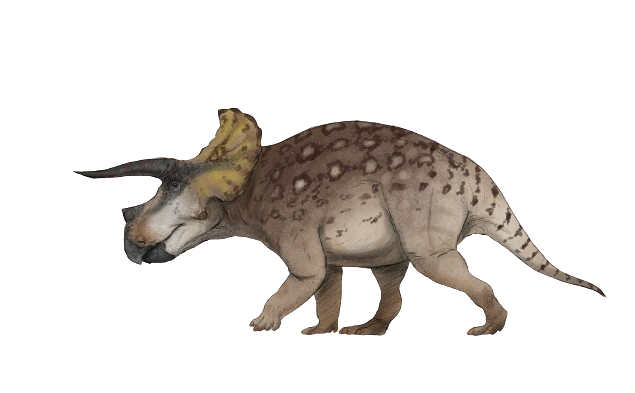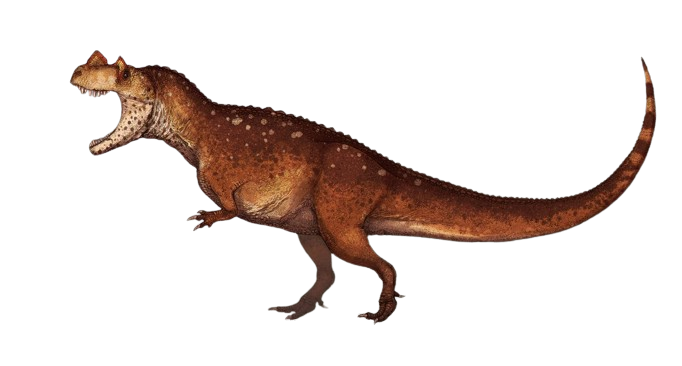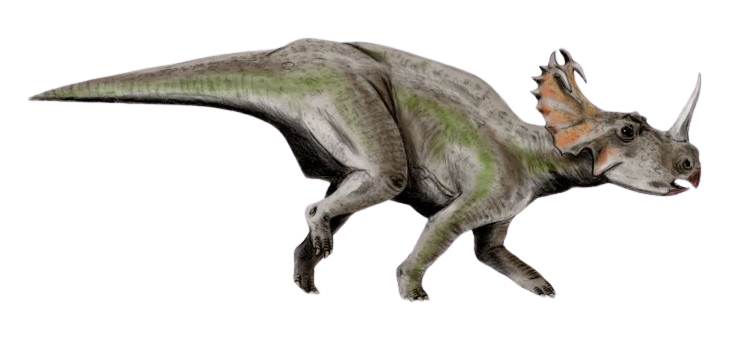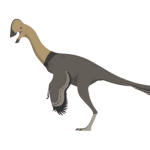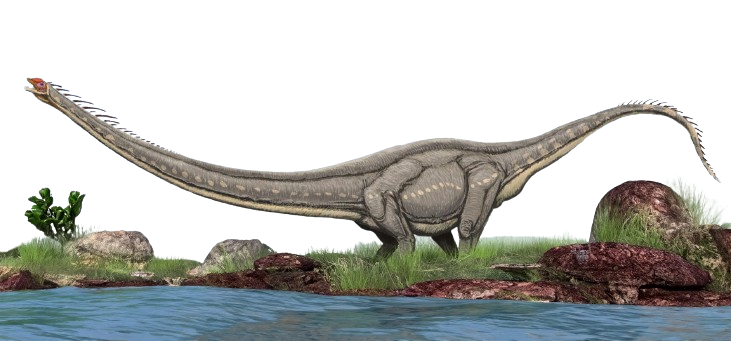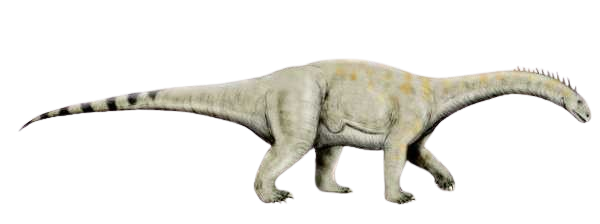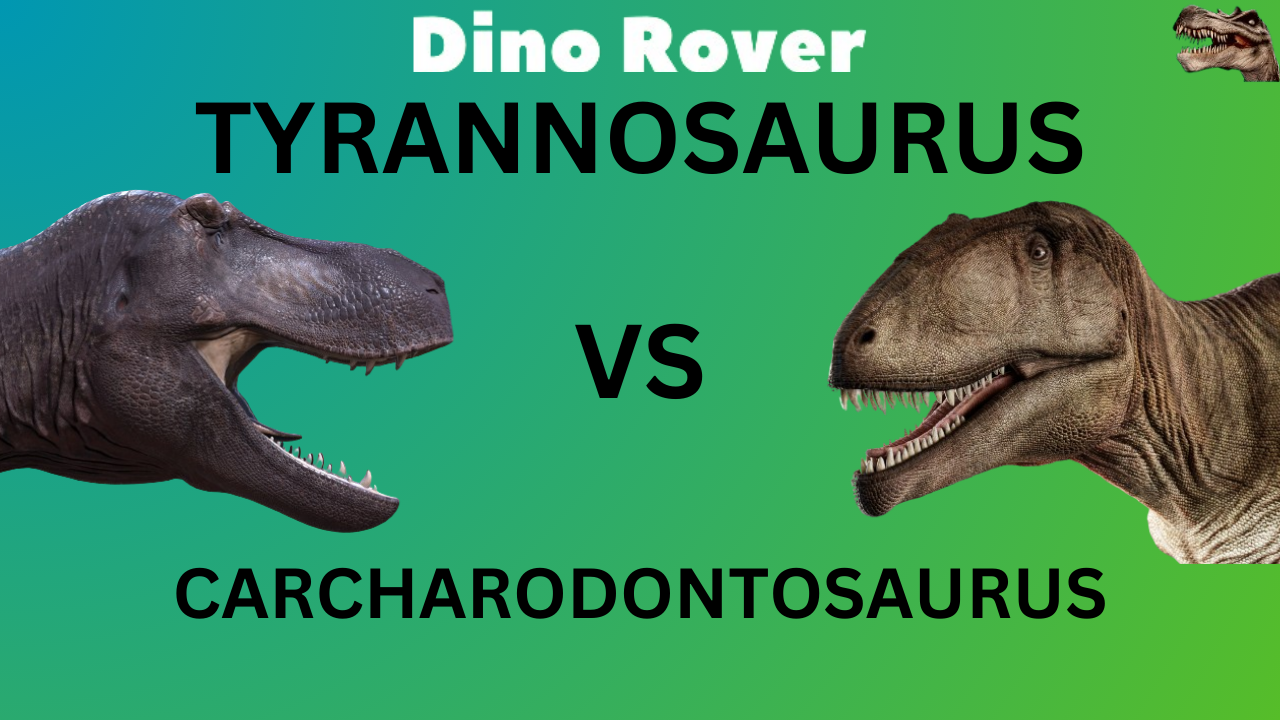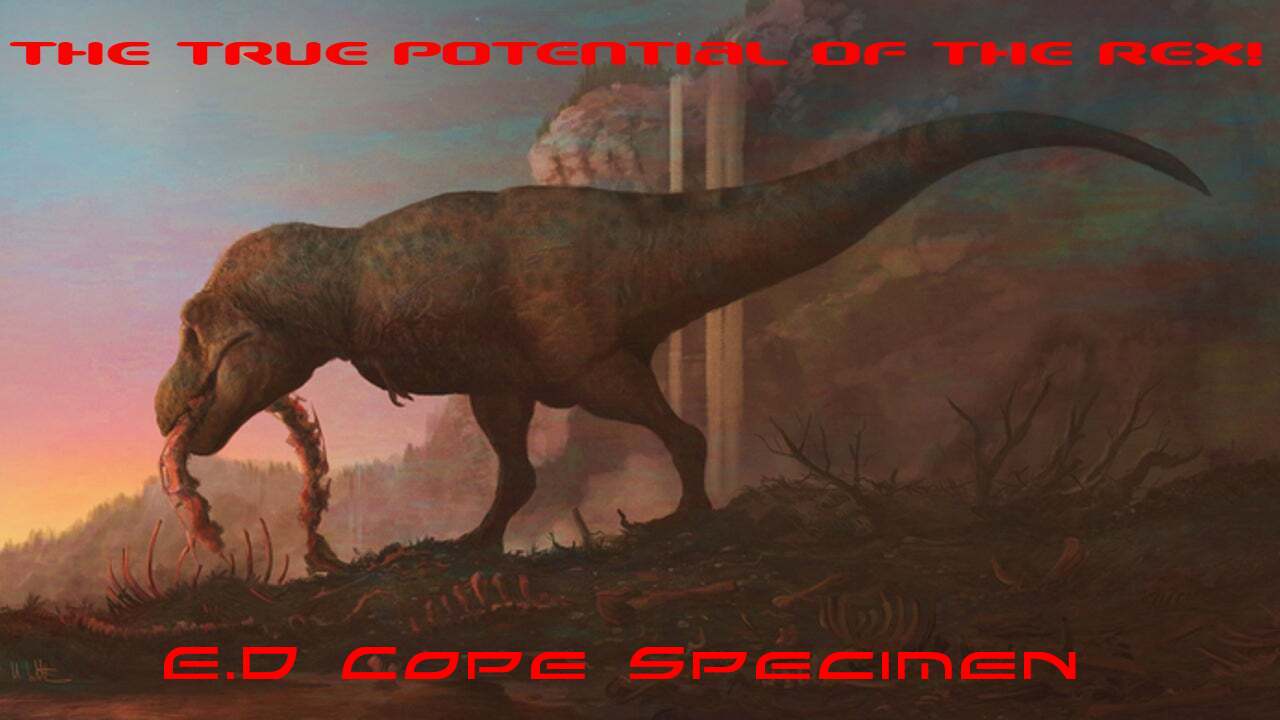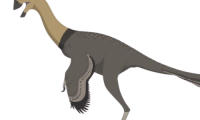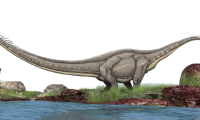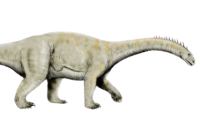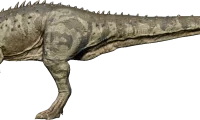he Triceratops, a formidable dinosaur that has captured the imagination of many, especially children, due to its distinctive three-horned appearance, holds a significant place in the pantheon of prehistoric creatures. Contrary to its often-portrayed gentle demeanor in popular media, the Triceratops was a powerful and potentially deadly herbivore that roamed the Earth during the late Cretaceous period, approximately 68 to 66 million years ago.
Characterized by its three prominent horns, two above the eyes and one on the nose, the Triceratops employed these formidable structures not only for defense against predators, but also for intraspecific combat. These horns, measuring up to 5 feet in length, were more akin to those of a rhinoceros 🦏 than an antelope, underscoring the Triceratops’ robust and imposing physical presence. Their primary adversaries included the notorious T-Rex, against which the Triceratops would employ its powerful charge to deter attacks. Studies suggest that the force behind this charge could be up to ten times that of a modern rhinoceros, making the Triceratops a formidable adversary.
Despite their seemingly combative nature, Triceratops were not solely aggressive. They lived in herds, fostering a social structure reminiscent of modern herbivores 🌿. The herd dynamics served multiple purposes, including protection against predators and facilitating mating rituals. Their herbivorous diet, consisting of a variety of plants 🌱, mirrored that of contemporary herbivores like the rhinoceros. Triceratops fed on low-lying vegetation as well as decaying plant matter, showcasing adaptability in their diet.
The Triceratops shared its ecosystem with other notable dinosaurs, such as the Ankylosaurus and Torosaurus, contributing to the rich biodiversity of the late Cretaceous period. The coexistence of these species, each adapted to their unique ecological niche, paints a vivid picture of the diverse and dynamic prehistoric world.
Intriguingly, the Triceratops’ interactions with the apex predator T-Rex were marked by a cautious coexistence. While the T-Rex was a formidable predator, it would think twice before engaging in combat with the powerful Triceratops. The horns 🦄 and the sheer strength of the Triceratops were formidable deterrents, making it a challenging target for even the most fearsome carnivores of its time.
In conclusion, the Triceratops was not merely a static herbivore but a dynamic and powerful creature that played a vital role in the complex ecosystems of the Late Cretaceous. Its physical adaptations, social behaviors, and interactions with other dinosaurs contribute to our evolving understanding of the fascinating world 🌎 of dinosaurs and the intricacies of their coexistence.


